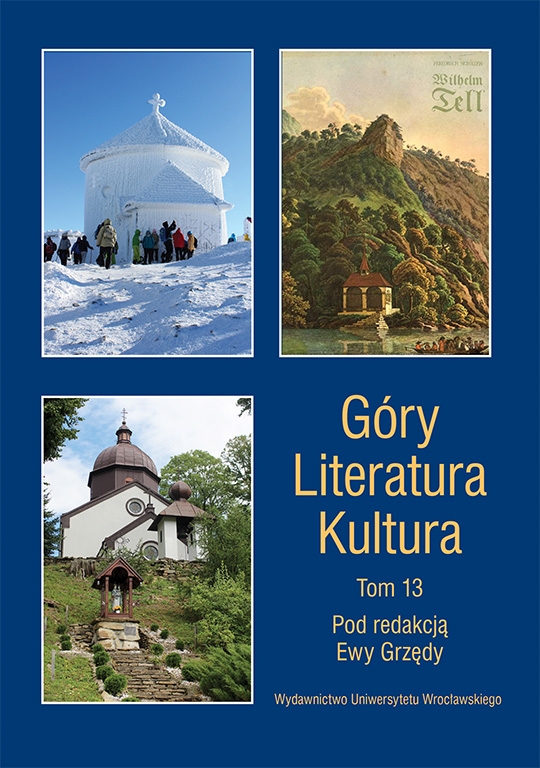

Dissertations, studies, sketches

The inter-war period in the history of Poland was a time of rebuilding Poland’s statehood in all dimensions, including identity and axiology, which was to be reflected in new model citizens aware of their duties to their homeland. Discussions about the axiological foundation of educational ventures in the reborn Poland were part, even before the regaining of independence, of broader disputes over ideology, worldview as well as aesthetics. The model citizen was discussed during meetings of various societies or in the press. What is particularly evident in press publications, especially those appearing when the final borders of Poland were being established, is the interpenetration of political, educational and aesthetic topics. The aim of the article is to present the tools and methods used to idealise the mountains in tourism periodicals and daily press from 1918–1922 as well as the reasons why the mountains were functionalised. This analysis is the basis for an attempt to describe the cause and effect links between forms of mountain idealisaiton and, for example, aesthetic categories used in Jan Bułhak’s concept of homeland photography.